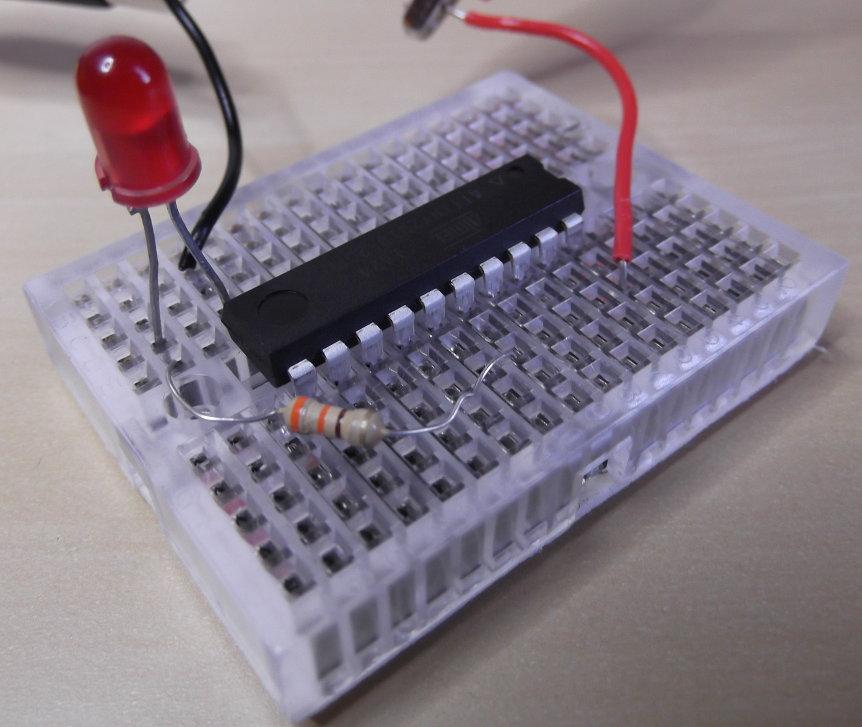ESP8266 Arduino Port
I’ve been getting back into the ESP8266 now that there is an Arduino port for it. I’ve not used the full IDE, just installed the hardware core into my existing vanilla 1.6.3 IDE using this setup.
I then made a little DS18B20 and ESP-01 module, which runs off of 2xAA batteries which are boosted to 3.3v using the Pololu step-up regulator. It started off as a 3xAA battery setup with a diode dropping the voltage down from 3.9v to 3.1v:
